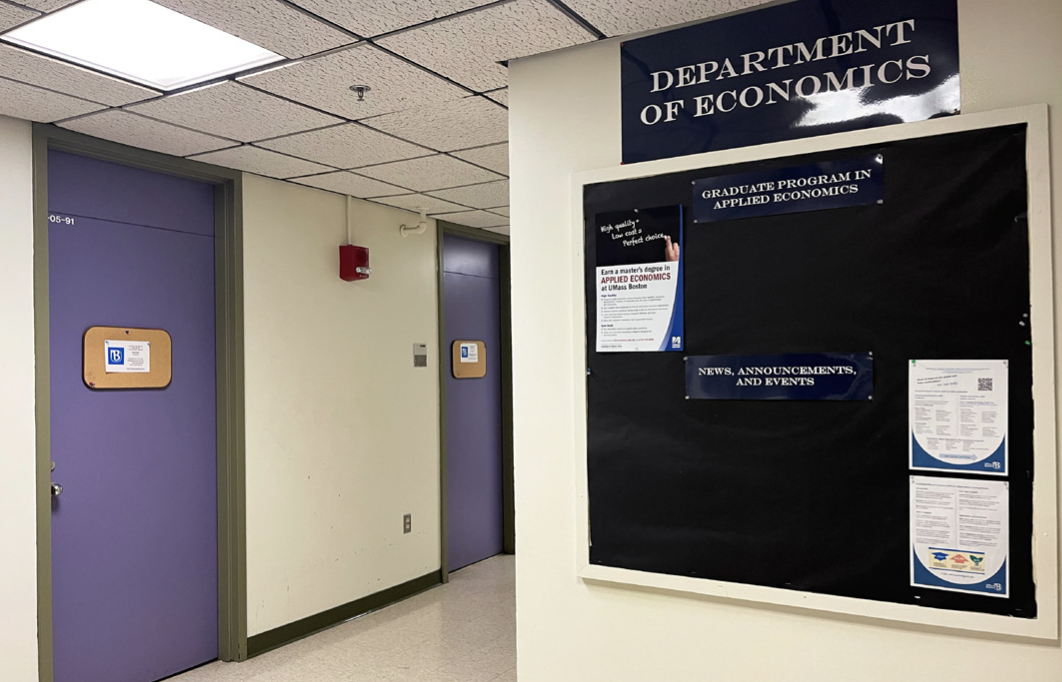In the world of economics, various phenomena continue to intrigue researchers, with some gradually being unraveled through diligent research and others remaining unknown, hopefully to eventually be understood. Among these phenomena, the global disparities in economic growth have piqued the interest of researchers, especially in recent times. The question remains: Are some countries simply luckier than others, or is there a certain component of the economy propelling certain countries towards sustained economic growth, while others lag behind?
Economic growth refers to the sustained increase in the output of goods and services produced by an economy over time. From reduced poverty to increased global competitiveness and social stability, a country that experiences economic growth over time will also improve its standard of living. However, it can be quite challenging to understand what exactly will foster economic growth in a country, and why there are varying levels of growth across different countries.
There are different models that help explain these disparities in economic growth across countries, with one prominent example being the Solow growth model. According to the Solow growth model, there is a principle of transition dynamics that countries tend to follow. This principle of transition dynamics explains that the farther away countries are from a ‘steady state,’ the faster they grow, and vice versa. A compelling illustration of this phenomenon can be found in countries like Botswana, which the World Bank reports has maintained an average growth rate of about 5 percent over the past decade, yet remains distant from reaching this steady state. [1]
The Solow model’s influence in understanding economic growth is profound; however, it does not hold true for all countries. Notably, several countries such as Chad, Congo and Burundi defy the model’s predictions by failing to experience rapid growth despite being a distance from the steady state, according to the World Bank. [2] How, then, can these countries’ situations be explained?
The most convincing argument suggests focusing on institutions. Institutions in this sense do not relate only to the economic landscape, but also the political landscape alongside administrative and democratic qualities. They describe the economic outlook on technology and how the country strives to support growth-enabling ventures. According to research performed by the National Bureau of Economic Research, some countries have more ‘growth-enabling’ institutions than others, explaining the gap in economic growth. [3]
While this explanation regarding the role of institutions in shaping economic growth is compelling, it is essential to recognize the complexity of this phenomenon. Economic growth is influenced by many factors, ranging from macroeconomic policies and technological innovations to cultural and social dynamics. The interconnectedness of these factors makes it challenging to attribute economic growth to any singular cause. As such, understanding economic growth requires a nuanced approach that considers the various factors at play and their dynamic relationship.
It may be tempting to attribute disparities in economic growth to luck, but a deeper examination reveals this is not the case. Countries that experience sustained economic growth are often those that prioritize the cultivation of growth-enabling institutions, invest in human capital, craft policies conducive to long-term prosperity and embrace innovation. Countries that are not able to do these in most cases are faced with several internal or external related factors that prevent them from being able to, including historical legacies. As we reflect on the complexities of economic growth, let us recognize the power of intentionality and collective action—from joint infrastructure projects to knowledge exchange programs—in shaping a brighter future for all countries.
SOURCES:
[1] https://www.macrotrends.net/global-metrics/countries/BWA/botswana/gdp-growth-rate
[2] https://data.worldbank.org/indicator/NY.GDP.MKTP.KD.ZG?locations=NE&type=shaded&view=map


